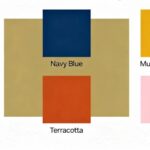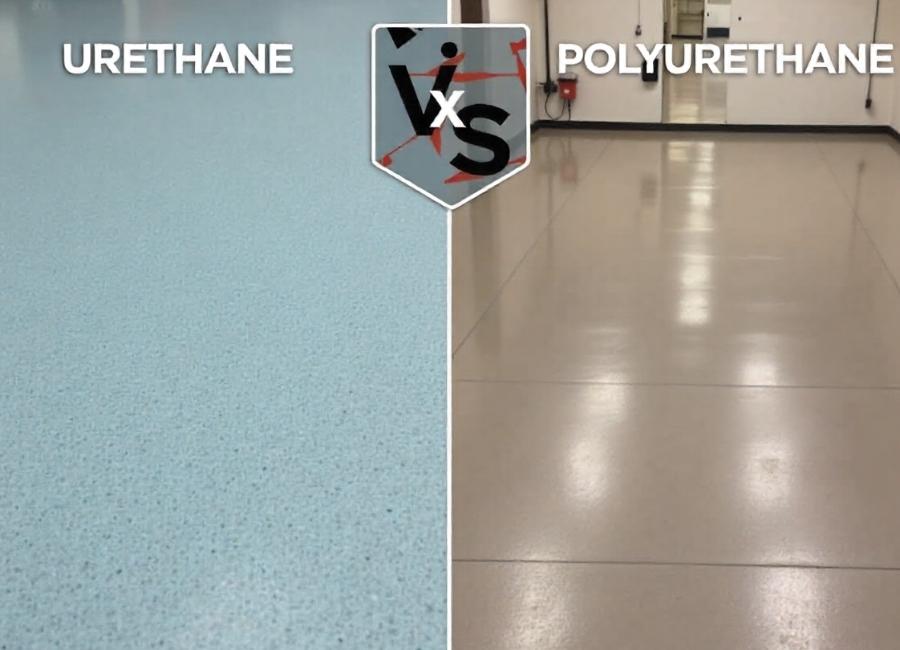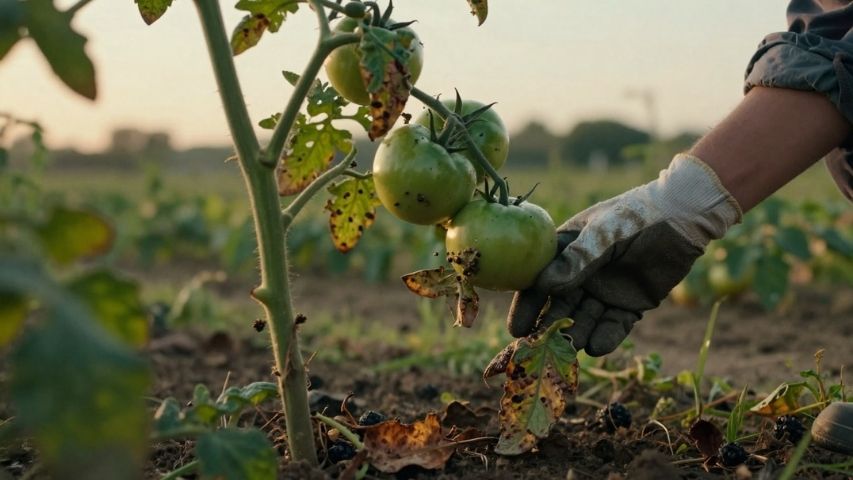If you’re looking for high-performance industrial coatings, you’ve probably seen the terms “urethane” and “polyurethane.” These are often recommended for tough jobs, especially floors that need to be durable and easy to maintain. They’re usually considered a step up from epoxy, which is already better than bare concrete.
The similar names can be confusing. Are they different products, or is one just a version of the other? Knowing the difference helps you pick the right coating. This post explains how urethane and polyurethane are related, what they’re made of, and why they work so well in industrial settings. By the end, you’ll know why these terms are used and what makes these coatings effective.
The Straight Answer: Urethane vs. Polyurethane
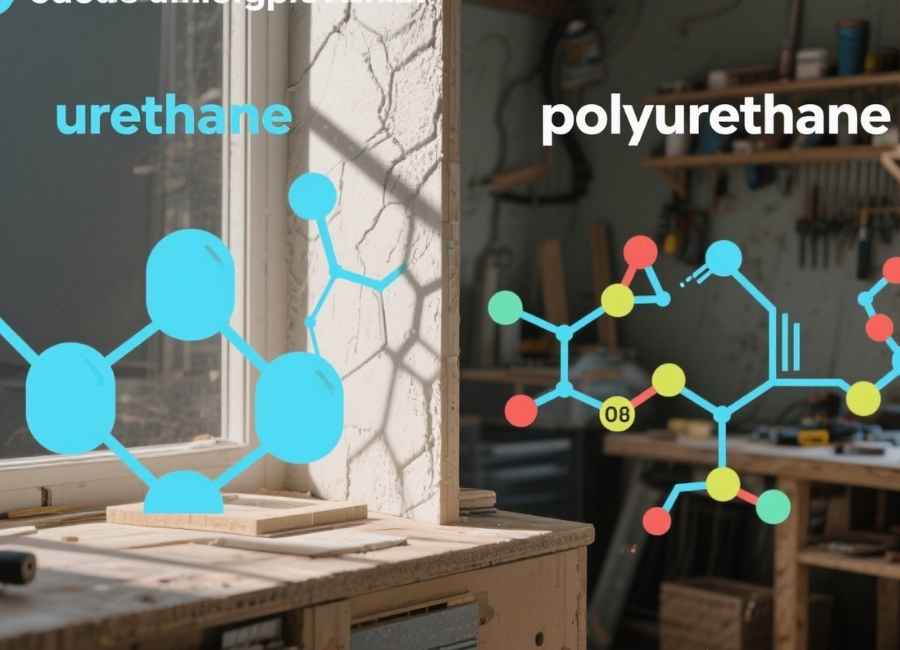
Let’s clear up the main point of confusion right away: urethane and polyurethane are the same thing.
Some vendors and manufacturers use only one term, while others use both. This can be confusing, but it’s not meant to trick anyone. The two names are mostly a result of marketing history and industry language. Over time, different industries adopted different names for similar products.
To understand why, it helps to look at the chemistry. Polyurethane is a polymer, which is a large molecule made of repeating smaller units. In this case, those repeating units are linked by carbamates. Within each of these chemical groups are multiple urethane units—literally, “poly” (meaning many) urethane. So, “polyurethane” is the more technically accurate chemical name, while “urethane” is a common shorthand that has become widely accepted in the industry.
A Brief History of Polyurethane
Polyurethane plastics were invented in the 1930s and became popular in the 1950s. (Bayer & Otto, 1937) Because they’re so versatile, they’re used in many products, like adhesives, foams, car parts, mattresses, running shoes, and even clothing. (Economic Benefits of Polyurethanes, 2023) Many of today’s industrial floor coatings were developed during this time and have been improved ever since.
Why Polyurethane is a Top Choice for Industrial Settings
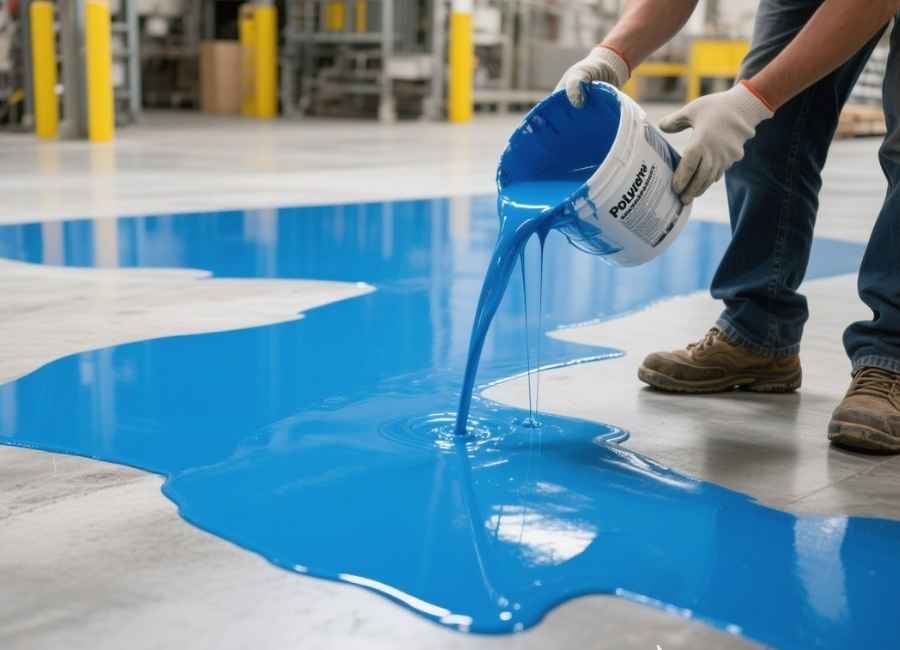
In industrial settings, polyurethane is mainly used as a coating or adhesive. When it’s applied as a liquid, it cures over several hours and becomes a tough, durable surface. Once cured, it makes the material underneath, like concrete, much stronger.
Polyurethane can cost more upfront than epoxy, but it often saves money in the long run because it lasts longer. If installed by professionals, a polyurethane floor can last twice as long as an epoxy floor, making the higher initial cost worth it. (A Comprehensive Guide to Epoxy vs Polyurethane Flooring Options, 2023)
Polyurethane coatings protect surfaces from many types of damage, including:
- Corrosion: Shields metal from rust and degradation.
- Weathering: Resists damage from UV rays, rain, and temperature changes.
- Abrasion: Stands up to scratches, scuffs, and heavy wear.
- Impact: Absorbs shocks without chipping or cracking.
- Heat: Tolerates high temperatures without losing integrity.
- Contamination: Creates a non-porous barrier that prevents absorption of liquids and chemicals.
Polyurethane vs. Epoxy: Key Performance Differences
Polyurethane and epoxy may look alike, but they have different properties that suit various environments. Knowing these differences helps you choose the best coating for your facility.
Elasticity
Most polyurethane coatings are softer and more flexible than epoxy. This flexibility helps them handle impacts and heavy foot traffic while still being strong enough for industrial use. The slight give in the material also helps prevent cracks and chips over time.
Abrasion Resistance
Because of its special chemical structure, polyurethane resists scratches, dents, and abrasion very well. Like epoxy, it forms a tight, waterproof seal that protects the material underneath. It’s also easy to clean and doesn’t stain easily, so maintenance is simple.
Extreme Temperature Tolerance
Polyurethane works well in places with extreme temperatures. It usually handles heat up to 200°F (93°C), and there are special types for even higher temperatures. It also stays strong and keeps its properties in freezing conditions, often below 30°F (-1°C). (Polyur UP Series, n.d.)
Suitability for Food Handling
Polyurethane’s non-porous, easy-to-clean surface makes it popular in food and beverage processing, like dairies and meatpacking plants. Its smooth surface doesn’t let microbes grow. With an added antimicrobial, it helps lower the risk of contamination and foodborne illness. (Comparison of Bacterial Contamination in Polyurethane and Cellulose Sponges Used in Food Preparation, 2023)
Your Go-To Coating for Quality
No matter if you call it urethane or polyurethane, it’s a high-quality coating. There are many types available for almost any indoor or outdoor surface. It might cost more at first and take longer to apply, but its durability and long life usually make it worth the investment.
Polyurethane isn’t needed everywhere, but it’s often the best choice when you need top protection and performance. To get the most out of it, work with experienced contractors who know how to prepare and apply it for your needs. With good installation and simple maintenance, your polyurethane-coated surfaces will last for years.





